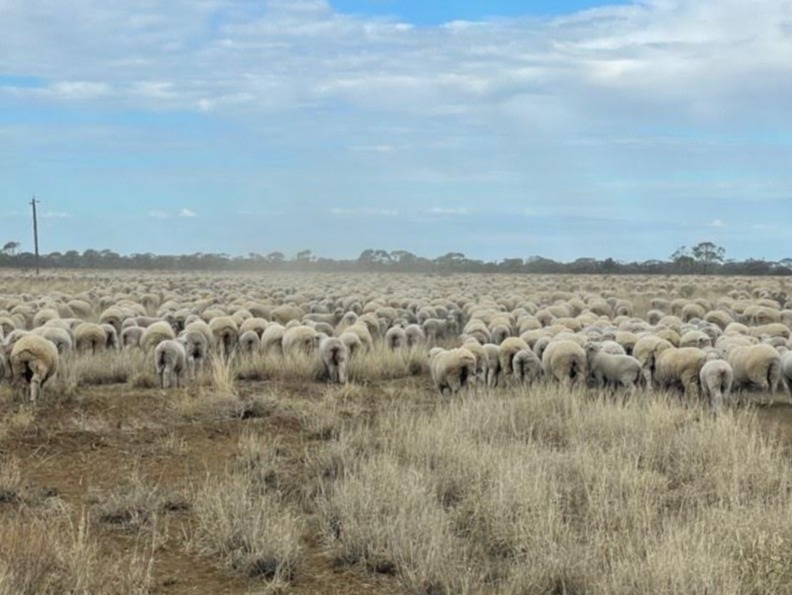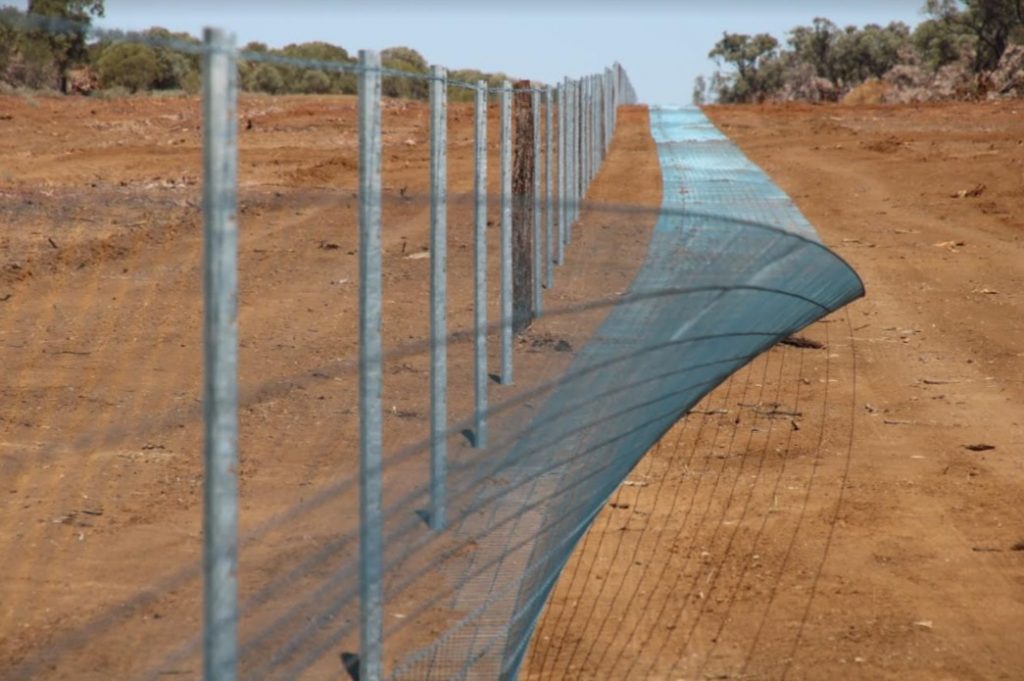Sheep flock growth to continue in western Queensland
Sheep Central, September 8, 2021
PREDATOR-PROOF fencing has increased sheep numbers across central west Queensland shires by almost triple the state average in recent years and created a basis for further growth.
The exclusion fencing has helped sheep numbers in the shires of Barcaldine, Blackall-Tambo, Longreach, Winton and Barcoo, grow an estimated 45.7 percent from 2015-16 to 2018-19, compared to statewide flock growth of 15.8pc in the same period.
Current sheep data for the shires are not yet available, and RAPAD senior regional development manager Morgan Gronold said the areas still face challenges, though cluster fencing has enabled people to get back into small stock in some way.
“Before they had no option.”
Based on producer feedback, an evaluation by consultants Hall Chadwick has forecast sheep numbers in the region will increase by 727,000 and cattle by 57,000 by 2031, generating a regional gross margin increase of $28 million, an extra 140 agricultural jobs and a total regional economic benefit of $33.55 million.
Mr Gronold said the area was still recovering from the drought and wild dog impacts, and restocking is being limited by seasonal conditions, and high sheep, goat and cattle prices. He said some properties would need thousands of sheep to get back to pre-drought levels.
“We don’t expect that to happen overnight, but equally that’s where they want to get to."
“A lot of people here are trying to sell cattle off to buy small stock.”
Some former Merino wool producers are looking at restocking shedding sheep and goats due to the high price of wool sheep, Mr Gronold said.
Subsidised cluster fencing programs have been oversubscribed, low interest rates have enabled private funding and there is also demand for further development, Mr Gronold said.
“At the field days in Barcaldine today (Tuesday), it is just wall-to-wall wire resellers because there is just that much interest in it.”
A dedicated effort by the Central Western Queensland Remote Area Planning and Development Board (RAPAD) and landholders has resulted in 2.2 million hectares protected from wild dogs by exclusion fencing over the past six years.
The cost of fencing has been offset by the long-term community benefits of job creation, improved landholder wellbeing, increased wool production and property investment, economic boost for ag service providers and stemmed population decline in the Central West.
“Blackall-Tambo Regional Council mayor Andrew Martin said the first entirely Blackall shearing team had returned to the area after 15 years as sheep numbers increased. The region had suffered a 75pc drop in sheep numbers, he said.
“There used to be six to eight teams operating out of Blackall and two to three out of Tambo in the past,” he said.
Read more on this story: www.sheepcentral.com/sheep-flock-growth-to-continue-in-western-queensland/

Producers are restocking with sheep behind exclusion fencing in central west Queensland.
-

A Waratah Longlife Blue colour® wire exclusion fence nearing completion.